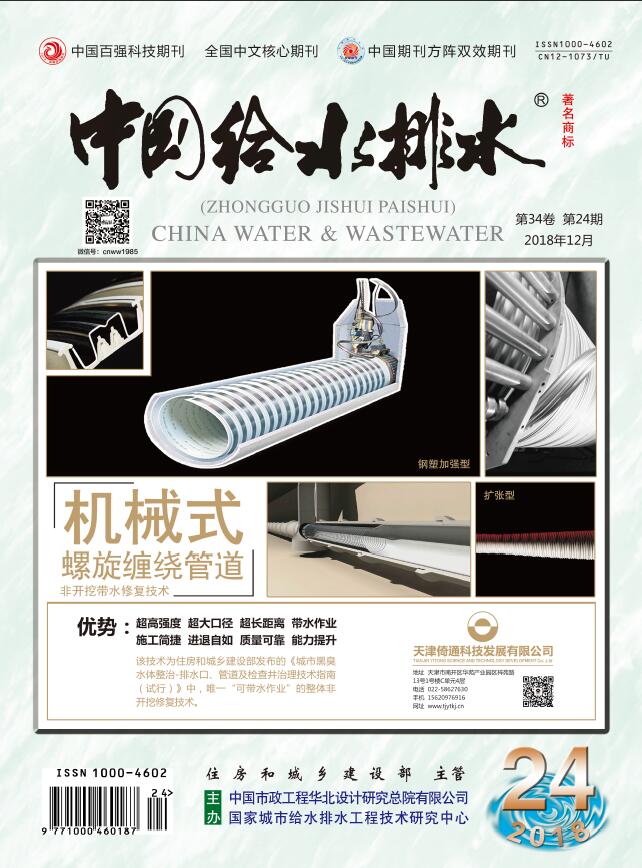LIUNing,ZHAOXin,WANGCan,et al.Application of Electrofiltration Oxidation Technology for Treating Nanofiltration Concentrated Water in Coal Chemical Industry[J].China Water & Wastewater,2025,41(9):109-115.
Application of Electrofiltration Oxidation Technology for Treating Nanofiltration Concentrated Water in Coal Chemical Industry
China Water & Wastewater[ISSN:1000-4062/CN:12-1073/TU]
volume:
第41卷
Number:
第9期
Page:
109-115
Column:
Date of publication:
2025-05-01
- Keywords:
- nanofiltration concentrated water; electrofiltration oxidation technology; coal chemical industry; high salinity wastewater; wastewater zero discharge; energy consumption
- Abstract:
- The recycling system for coal chemical wastewater usually employs the “nanofiltration salt separation and evaporation crystallization” process to treat reverse osmosis concentrated water, thereby achieving “wastewater zero discharge”. However, COD in the concentrated water produced by nanofiltration is excessively high, and direct evaporation and crystallization may result in issues such as liquid entrainment. In engineering applications, catalytic ozonation is commonly utilized to oxidize nanofiltration concentrated water prior to crystallization. Nevertheless, this technology exhibits operational instability and poor treatment efficiency. Therefore, the electrofiltration oxidation technology was introduced to reform the concentrated water treatment process. The electrofiltration oxidation system demonstrated a significant efficacy in the removal of organic matters. When operated at a current density of 7.64 mA/cm2 for 2 hours, the COD removal rate reached approximately 50%. The energy consumption for removing COD was 0.128 kW·h/g, while the energy consumption value for the removal of one unit order of pollutants was 9.15 kW·h/m3. When the current density was maintained at 25.48 mA/cm2 for a duration of 2 hours, the COD removal rate could achieve up to approximately 93%. The electrofiltration oxidation system exhibited excellent stability, with repeated experimental results demonstrating consistent treatment efficacy. Notably, the chroma removal rate exceeded 90%. The residual chlorine generated was within the range of 0.1 mg/L to 1 mg/L, which exhibited a certain level of bactericidal efficacy while ensuring no oxidation or corrosion of the reverse osmosis membrane. Additionally, physicochemical properties of the wastewater remained stable during the treatment process, thereby preventing potential engineering safety risks. This study can serve as a valuable reference for the advanced treatment of concentrated water in industrial membrane filtration processes.
Last Update:
2025-05-01

